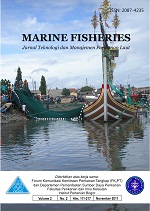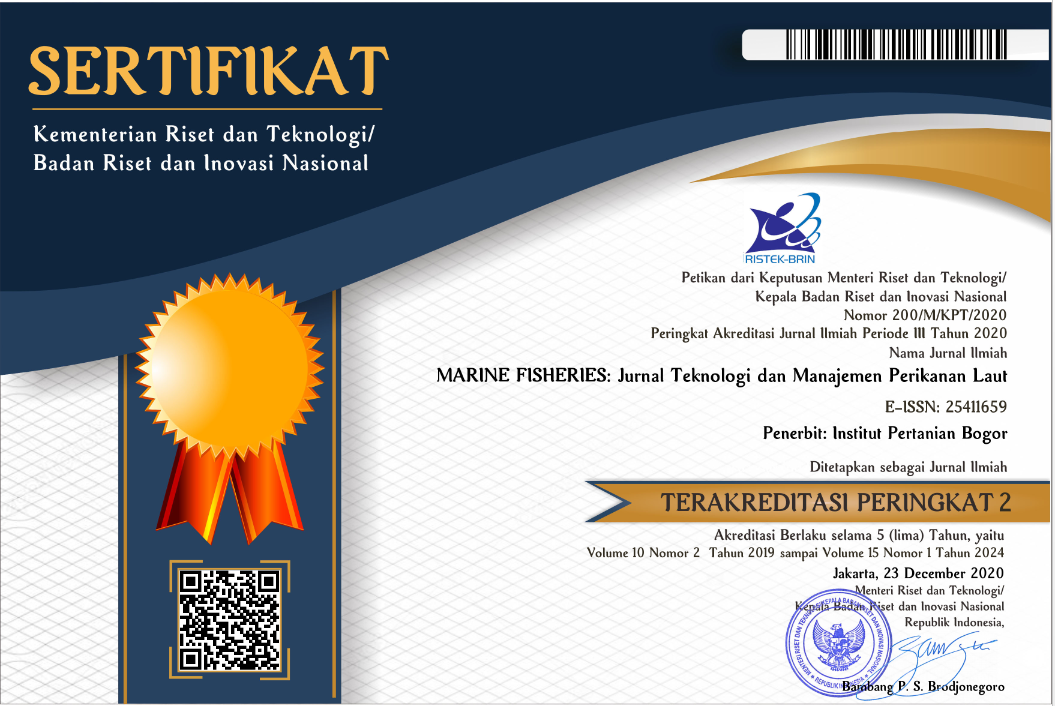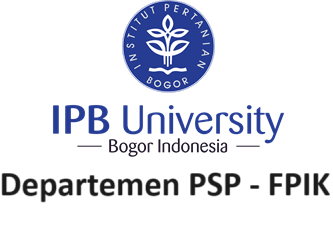MODEL BIOEKONOMI EKSPLOITASI MULTISPESIES SUMBER DAYA PERIKANAN PELAGIS DI PERAIRAN SELAT BALI (Bio-economic Model of Multispecies Exploitation of Pelagic Fishery Resources in the Bali Strait)
Abstract
Bali Strait has potential abundance of pelagic fishery resources such as Indonesian oil sardine (lemuru), frigate mackerel (tongkol), scad mackerel (layang), short-bodied mackerel (kembung) and others which can be caught mostly using purse seine. Fishery resources are combined and also known asmultispecies; therefore this research aimed to analyze the model of bio-economic multispecies exploitation of pelagic fishery resources in Bali Strait. The analytical methods that used in this research were estimated dynamic model of Walters and Hilborn (1976) and analysis of bio-economic model. The results showed that actual production of exploitation of pelagic fishery resources in Bali Strait, was lower than the rate of sustainable production especially Indonesian oil sardine and short-bodied mackerel. Production and fishing effort were below the actual optimal value. The management of pelagic fishery resources in Bali Strait did not show a good level of economic efficiency. Thus the exploitation of pelagic fishery resources in Bali Strait using purse seine could still be increased.
Key words: bio-economic, multispecies, optimal
Downloads
Author(s) who published in this journal agree to following terms:
- Author(s) must understand and agree that the copyright script in published owned by the Marine Fisheries Journal. The copyright includes reproducing and selling the manuscript to all parties.
- Everyone can cite every manuscript published in Marine Fisheries for educational purposes, with the author's name and the Marine Fisheries Journal on reference.









